Body Meditations made simple: The foundations of an Embodiment Practice
Have you ever wondered: A) how exactly do I do a body meditation? If so, this is for you – not because of some secret trick I am going to tell you, but because body meditations are super simple (and you already have all the skills you need).
There are all sorts of fancy, involved meditations out there, body meditations and otherwise, which I adore. I particularly like it when guided meditations have a specific purpose or take me into a specific part of my body. Guided embodiment practices aka body meditations can help give me clarity and direction – as do rituals, routines, ceremonies, processes, recipes, or outlines.
But to keep body meditations incredibly simple, and most importantly do-able, it is nice to distill them down to the most basic template. In this article I am going to share the basic anatomy of a body meditation to build your embodiment practice upon.


You already know how to be embodied – it’s about leveraging this connection
In reading this article, I hope that you will feel confident that you already know how to get into your body and listen to it. When you are supported with this knowing, it can become the foundation of they type of embodiment practice you desire.
Why even have an embodiment practice in the first place? Well, that is for you to decide. Do it for your reasons. In my Embodiment Skills 101 Guide, I suggest that you declare your own reasons to guide your own practice.
My Embodiment Resource for You
If you want to check out this guide for yourself, you can download it here:

That being said, I have noticed that there are some things that embodiment practices address beautifully.
- Dealing with/coping, managing or healing the experience of having pain
- Personal healing and transformation (like working with emotions, shadow work, healing self-worth, self-esteem and assisting the healing of trauma)
- Connecting and listening to inner guidance via intuition
I also go into these reasons in the free guide check it out here!
But above all, embodiment can help bring us home
Most of all, an embodiment practice via body meditations is relaxing and helps to regulate the nervous system. That is the most tangible “result” a single body meditation and the whole of an embodiment practice can do for us: helps us ground, center and chill out, even if for a few moments.
NO, it is not going to magically cure all of your pains and problems; it is more like a soothing balm to the stress of our everyday world. We all need to make more space for having discomfort and comfort existing together within our bodies and beings at the same time. You can feel like shit and have moments of feeling good at the same exact time. We are not mono-feeling animals.
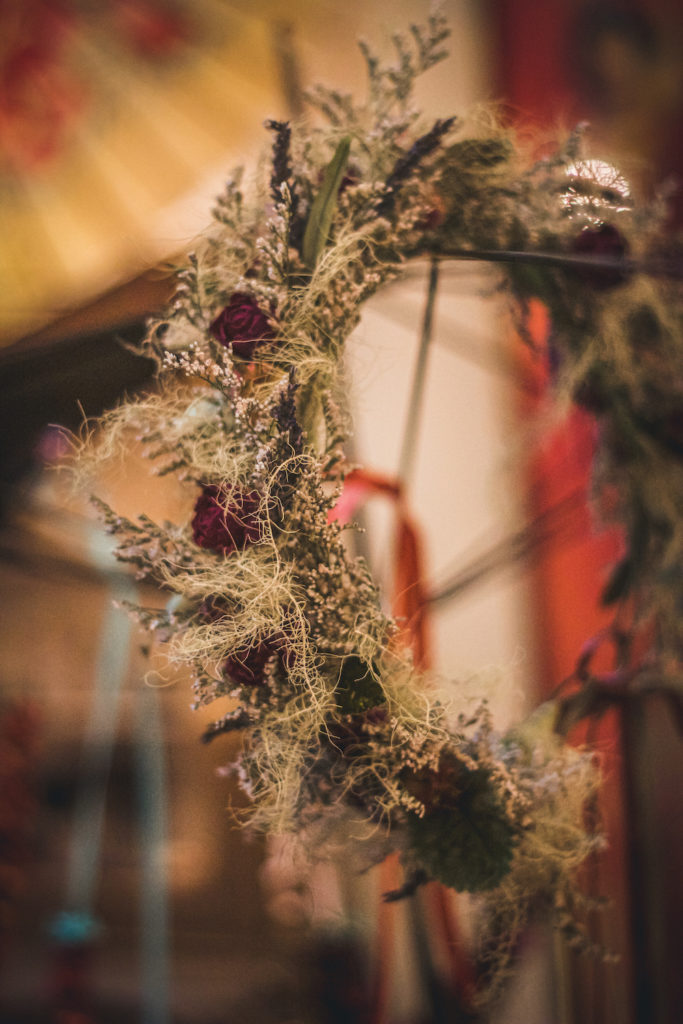
Get support for trauma – it’s worth it
IMPORTANT NOTE: Dealing with pain, illness, trauma, wounding and depletion through an embodiment practice has the potential to bring up a lot intense emotions, memories and experiences that can be hard to deal with. PLEASE seek any help you need for your healing practice, including external supports like therapy and bodywork, and internal or personal support like herbs and self-tending practices, for example.
Even though we talk a lot about tiggers and will often see “CW” (content warning) on social media, my experience with trauma is that it cannot be completely avoided all of the time. Some of the time it can – and trauma reduction practices should be utilized for that reason. I think we are all learning to be more sensitive to this and to each other.
If you and your body are working through something, some aspects of that experience may be metered, some of it may not. It is kind of out of our hands. You may have to deal with and attempt to heal (when possible – it’s not always about healing per se) what comes up.
That’s why it is imperative to have support for yourself and your body in a variety of ways. You need resources. You need community! You need nourishment. Ask for help. Make the space. You need joy, movement, fresh air, creativity. Prioritize yourself and your healing!
Embodiment practices can be really helpful with processing those 5 challenging areas of health: pain, illness, trauma, wounding and depletion. In fact, it has been the most important part of my personal healing, but it is not by any means the only part. I seek outside support as often as I can, and I have a wide variety of practices to help transform, metabolize and compost what comes up in personal healing. Epsom salt baths, dancing, and daily St John’s Wort oil massages of painful areas for example, are absolutely critical to my continual healing of my body, emotions, mind, energy and spirit.
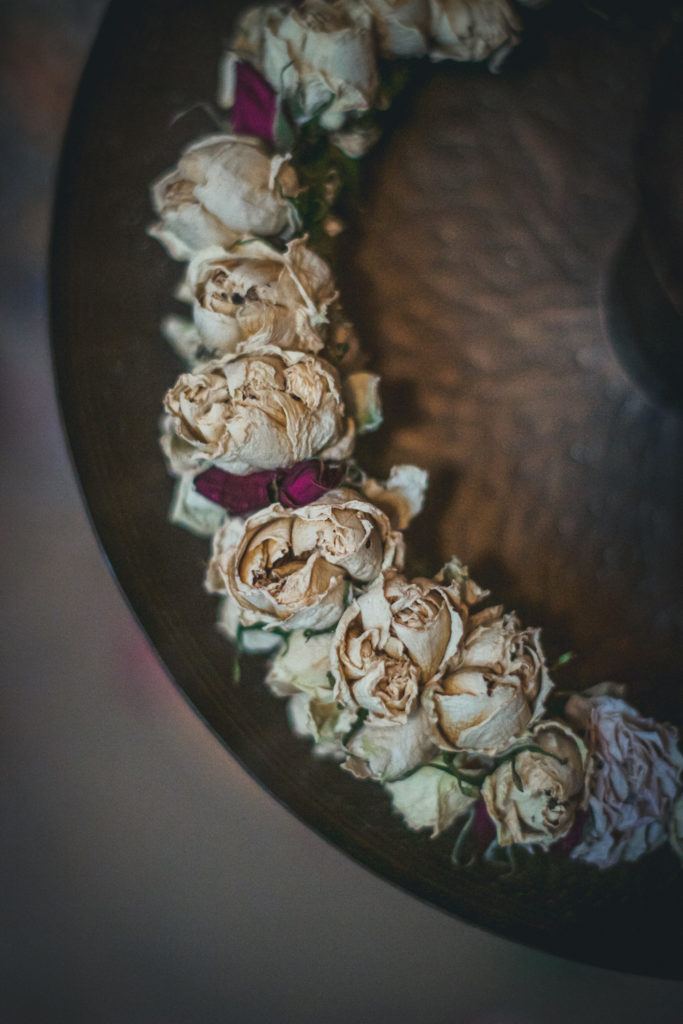
Body meditations are easier and more approachable than “regular” meditation
Sometimes people hear “embodiment practice” and shy away, seeing it as a hard, unapproachable thing on their to-do list. I certainly felt that way about regular meditation – ugh, i have to sit down and make my mind still for 20 minutes – sounds hard, no thanks!
But with a body meditation, you already have all the skills. You know how to breath, feel, sense, listen and communicate.
You don’t have to try do do anything with your thoughts. In fact, you can embrace the random thoughts because they are data points or clues you can collect to tap into, along with emotions and sensations and anything else that floats up through your consciousness.
With the magical ingredient of intention, you can start to explore the vast universe held in your own body, hear what it has to say, and connect to the guidance it holds.
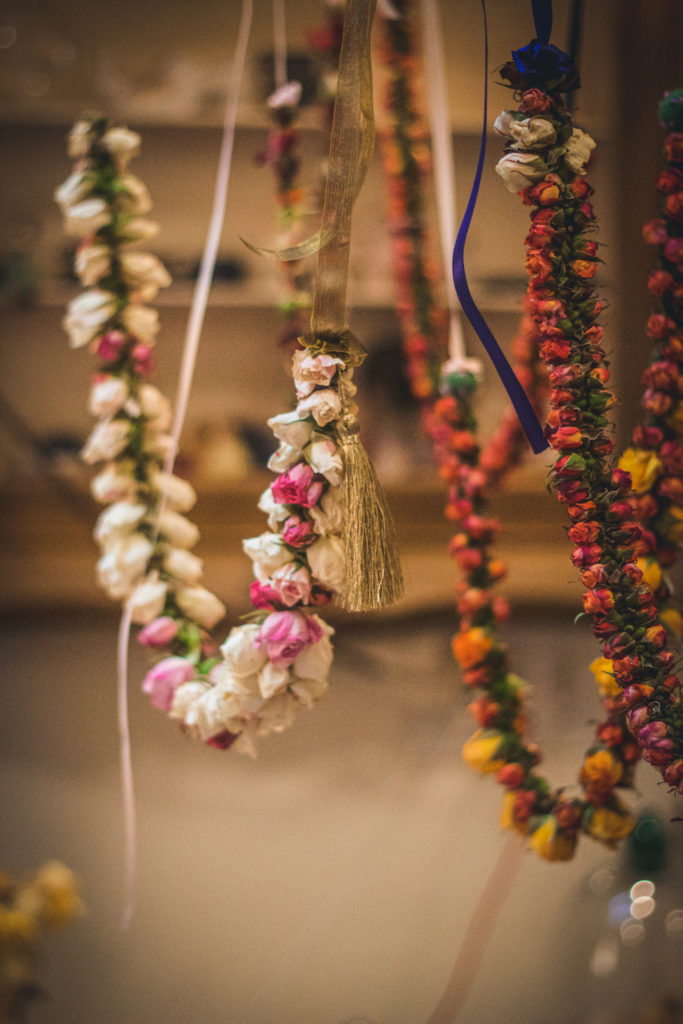
What IS embodiment?
I shared in this post 5 Things You Need to Know About an Embodiment Practice about embodiment:
“Embodiment is when you feel your non-physical self, whether it is your emotional body, mental body, or spiritual/energetic body (or a mixture thereof) within your physical body.
“Embodiment is when we bring our awareness into our body, and feel into it however we chose.”
In short, an embodiment practice is the continual engagement with body meditations.
To me embodiment feels like coming home to your body, again and again, and listening to it, amongst all sorts of feeling and sensations, no matter how life is happening around you.
When you feel out of sorts, when old wounds arise, when you feel sick or drained, you listen to what your body is saying. Honor its feelings and experiences.
When you feel inspired and alive, full of love and potential, ready to offer your unique talents and skills to your family, community and the world around you, you listen to what your body is saying. Honor its feelings and experiences.
It’s kind of like this:
Something’s going on with my body…I’m being called to visit it.
Hey body, how are you doing?
{body responds with a sensation/feeling (emotion)/thought/knowing/song/image ect…}
Oh, I see you are feeling/thinking _____, I hear you. Thanks for sharing.
—-> That sensation/feeling/thought/image/song from the body is a part of your guidance system. Through your listening, you just noticed a clue or data point to help give you direction about how to cope with or manage your pain, personal healing or listen into your intuition.
Basic Body Meditation
- RELAX Lay down or sit.
- BREATHE Take a few breaths and gather yourself back in your body.
- SURVEY Bring your awareness into your body. Where? Wherever you are called. I start with an area that is cold, tight, painful or achey. Or an area related to a specific purpose, examples include connecting to an energy center (chakra), midline, acu channel or point, feet for grounding, heart for clearing, eyes for clearing, womb for assisting menstruation…you can tune into anything.
- CONNECT Breathe in and out of that area. Notice what arises, if anything. If you want to dialogue with your body or pain or emotions, go for it. What’s going on, headache? is a good place to start. Then listen – really listen.
- LISTEN Notice what sort of response comes from your body.
- FOLLOW Let the body guide you around. When you bring your awareness into another area of the body, repeat the process of breathing, connecting and listening into it.
- GRATITUDE Take as long as you’d like, anywhere from 5-45 minutes. Yeah, it’s a big range, but start with 5 and work up. 5 mins is easy to do before falling asleep or taking catnaps. I’d say a minimum of 12-20 minutes is probably optimal based on research about the nervous system, and it does seem to take a while to sink into the body. You do not need a formal ending, but do say thank you to your body.

Embodiment is honoring yourself, your body, your healing
Being embodied can be as simple as noticing how you feel during a single breath. That’s the start to creating a deeply beneficial and healing relationship with YOU.
When you are looking to dive deeper into what your body and being are feeling, and ready to shift your rapport with the pain, wounds and illness, I think it is crucial to do so in a way that is deeply self-honoring.
Each of us have to navigate this journey in a way that feels right to us. The way I practice daily embodiment is going to be different than how you do it. While we share some common traits and experiences, we are individually wired.
Simple, Yet Powerful, Inherent Tools
Breathing. Embracing the bodily sensations. Opening communication.
That’s the basic toolkit of embodiment that we all have access to.
These are the essential built-in embodiment tools that help us cope and move into a better feeling space.
Better yet, those simple embodiment skills can be used to help build a guidance system and facilitate communication with your body to assist decision making, tap into your creativity, and bring your dreams into the world.
So here’s to coming home to your body, honoring yourself and bringing a little comfort and beauty into your core.
Take good care,
Celia
Check out my free embodiment guide
If you want to learn more about the basics of embodiment, make sure to check out my free guide.
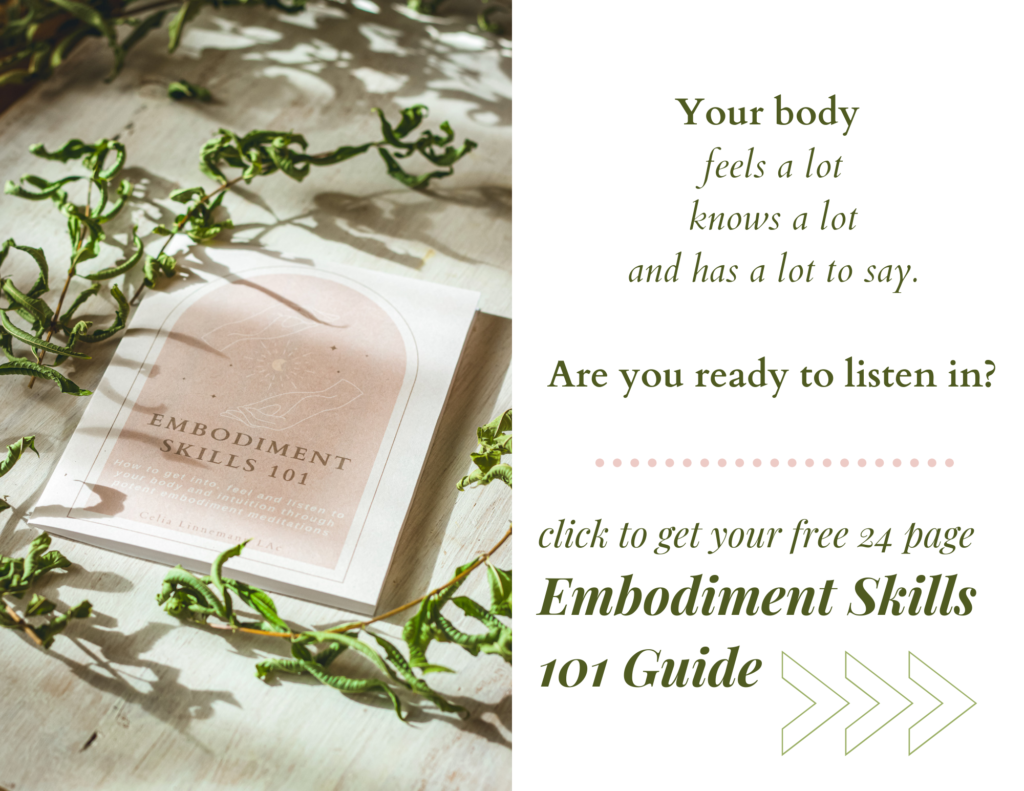

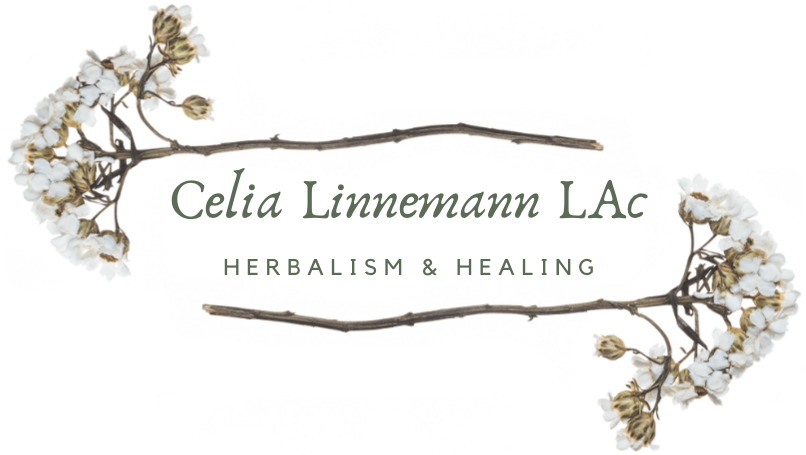
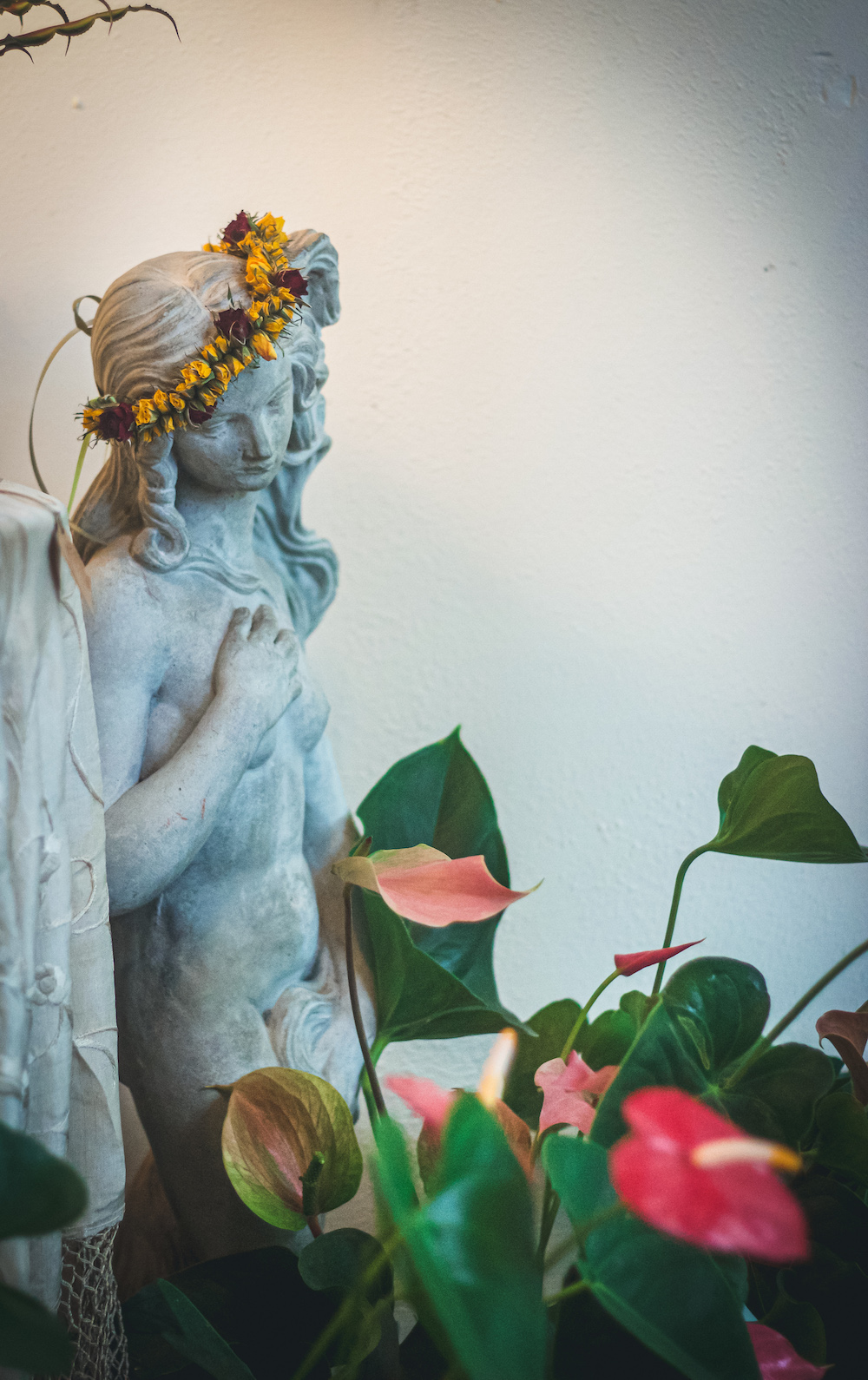





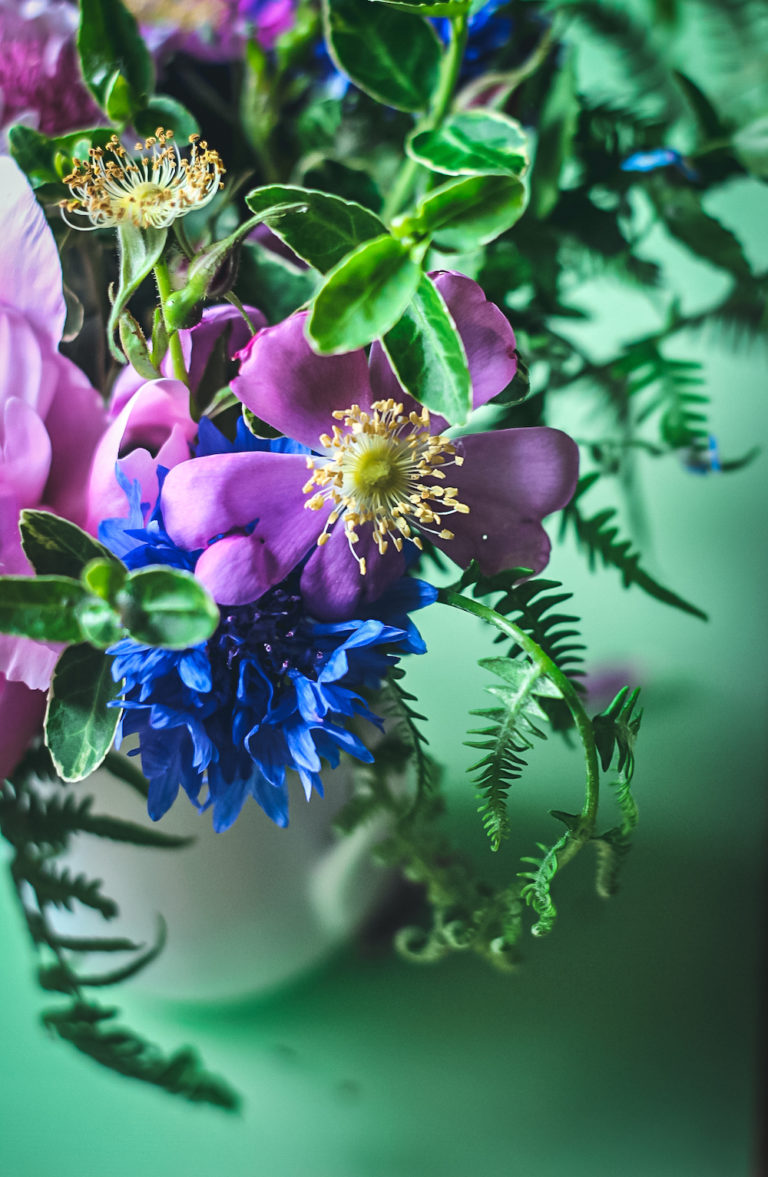
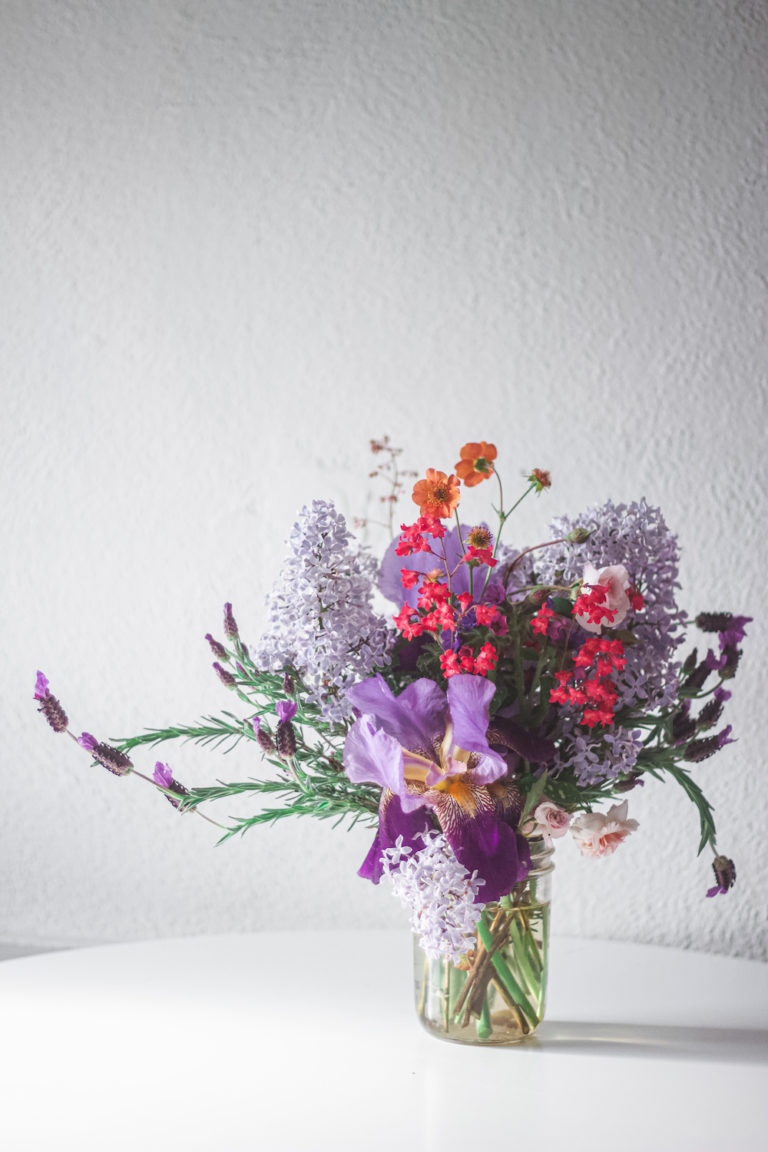




One Comment